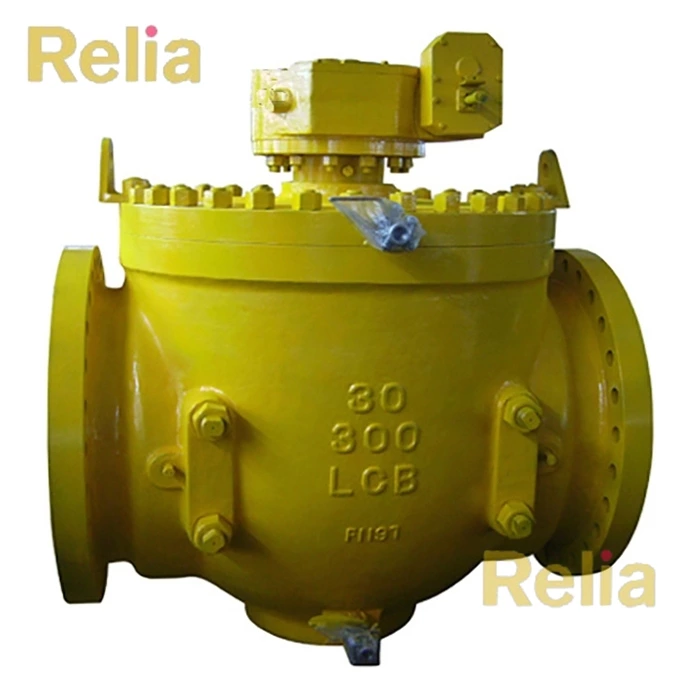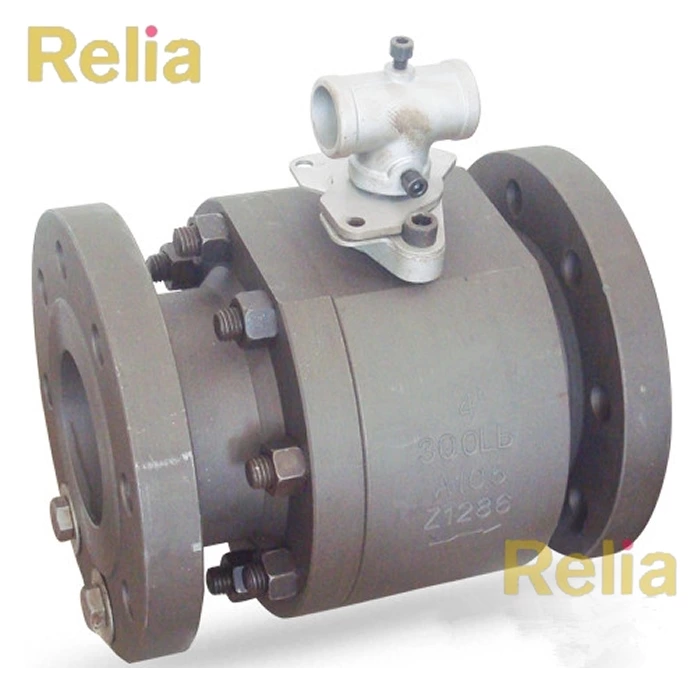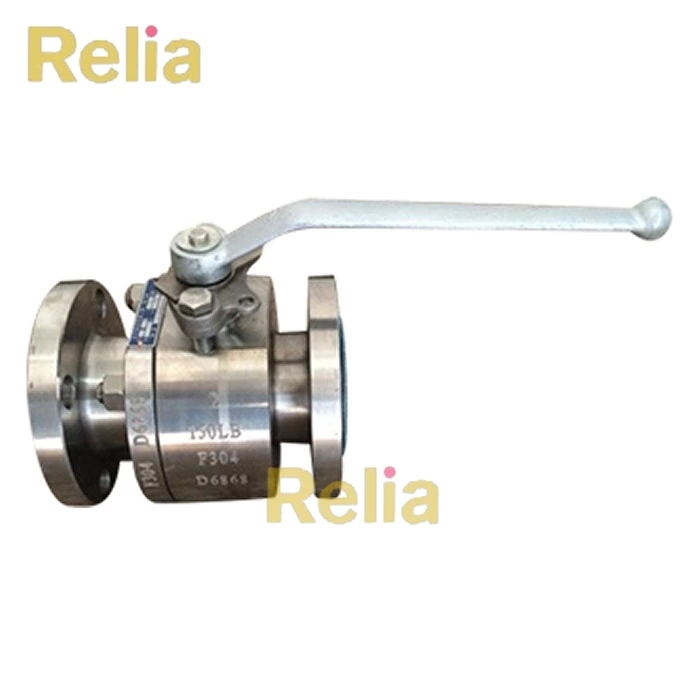A352/A352M: Specification for Steel Castings for Low-Temperature Service
1. Scope*
1.1 A352/A352M specification covers steel castings for valves, flanges, fittings, and other pressure-containing parts intended primarily for low-temperature service.
1.2 Several grades of ferritic steels and one grade of martensitic steel are covered. Selection of analysis will depend on design and service conditions (Note 1). The temperature shown is the lowest temperature at which the material ordinarily is required to meet the impact requirements of this specification (see Supplementary Requirement S51, Impact Test Temperatures). Users should note that hardenability of some of the grades mentioned may restrict the maximum size at which the required mechanical properties are obtainable (see Appendix X1).
NOTE 1—This specification covers the low-temperature requirements particularly pertinent for ferritic and martensitic steels. Certain grades of austenitic steel castings furnished in accordance with Specification ASTM A351/A351M have been found suitable for low-temperature service down to −300 °F [−184 °C] and others down to −425 °F [−254 °C]. These grades may be used when impact tested in accordance with Specification A352/A352M with energy levels and temperatures oftest mutually agreed upon between the purchaser and the manufacturer. As a guide to the selection of energy levels and testing temperatures, Appendix X1 should be consulted.
1.3 The values stated in either inch-pound units or SI units are to be regarded separately as standard. Within the text, the SI units are shown in brackets. The values stated in each system are not exact equivalents; therefore, each system must be used independently of the other. Combining values from the two systems may result in nonconformance with the specification. Inch-pound units are applicable for material ordered to Specification A352 and SI units for material ordered to Specification A352M.
1.4 A352/A352M standard was developed in accordance with internationally recognized principles on standardization established in the Decision on Principles for the Development of International Standards, Guides and Recommendations issued by the World Trade Organization Technical Barriers to Trade (TBT) Committee.
Chemical Requirements
| A352 Code | UNS | Type | C | Mn | P | S | Si | Ni | Cr | Mo | Cu | V |
| LCA | J02504 | Carbon Steel | 0.25 | 0.70 | 0.04 | 0.045 | 0.60 | 0.50 | 0.50 | 0.20 | 0.30 | 0.30 |
| LCB | J03003 | Carbon Steel | 0.30 | 1.00 | 0.04 | 0.045 | 0.06 | 0.50 | 0.50 | 0.20 | 0.30 | 0.03 |
| LCC | J02505 | C-Mn Steel | 0.25 | 1.20 | 0.04 | 0.045 | 0.60 | 0.50 | 0.50 | 0.20 | 0.30 | 0.03 |
| LC1 | J12522 | C-Mo Steel | 0.25 | 0.50-0.80 | 0.04 | 0.045 | 0.60 | ... | ... | 0.45-0.65 | ... | ... |
| LC2 | J22500 | 2.5Ni Steel | 0.25 | 0.50-0.80 | 0.04 | 0.045 | 0.60 | 2.00-3.00 | ... | ... | ... | ... |
| LC2-1 | J42215 | Ni-Cr-Mo Stee | 0.22 | 0.55-0.75 | 0.04 | 0.045 | 0.50 | 2.50-3.50 | 1.35-1.85 | 0.30-0.60 | ... | ... |
| LC3 | J31550 | 3.5Ni Steel | 0.15 | 0.50-0.80 | 0.04 | 0.045 | 0.60 | 3.00-4.00 | ... | ... | ... | ... |
| LC4 | J41500 | 4.5Ni Steel | 0.15 | 0.50-0.80 | 0.04 | 0.045 | 0.60 | 4.00-5.00 | ... | ... | ... | ... |
| LC9 | J31300 | 9Ni Steel | 0.13 | 0.90 | 0.04 | 0.045 | 0.45 | 8.5-10.0 | 0.50 | 0.20 | 0.30 | 0.03 |
| CA6NM | J91540 | 12.5Cr-Ni-Mo Steel | 0.06 | 1.00 | 0.04 | 0.03 | 1.00 | 3.5-4.5 | 11.5-14.0 | 0.4-1.0 | ... | ... |
Note:
A - All values are maximums unless a range is provided.
B- Where “. . .” appears in this table, there is no requirement, and the element need not be analyzed for or reported.
C- For each reduction of 0.01 % below the specified maximum carbon content, an increase of 0.04 % manganese above the specified maximum will be permitted up to a maximum of 1.10 % for LCA, 1.28 % for LCB, and 1.40 % for LCC.
D- Specified Residual Elements—The total content of these elements is 1.00 % maximum.
Mechanical Property Requirement
| A352 Code | UNS | Type | Tensile Requirements | Impact Requirements Charpy V-Notch | ||||||||||
| Tensile Strength, ksi [MPa | Yield Strength, C ksi [MPa] | Elongation in 2 in. [50 mm], % D | Reduction of Area, % | Minimum energy value for two specimens and minimum average of three specimens, ft·lbf [J] | Minimum energy value for single specimen, ft·lbf [J] | Testing Temperature, °F [°C] | ||||||||
| LCA | J02504 | Carbon Steel | 60.0-85.0 | 415-585 | 30.0 | 205 | 24 | 35 | 13 | 18 | 10 | 14 | -25 | -32 |
| LCB | J03003 | Carbon Steel | 65.0-90.0 | 450-620 | 35.0 | 240 | 24 | 35 | 13 | 18 | 10 | 14 | -50 | -46 |
| LCC | J02505 | C-Mn Steel | 70.0-95.0 | 485-655 | 40.0 | 275 | 22 | 35 | 15 | 20 | 12 | 16 | -50 | -46 |
| LC1 | J12522 | C-Mo Steel | 65.0-90.0 | 450-620 | 35.0 | 240 | 24 | 35 | 13 | 18 | 10 | 14 | -75 | -59 |
| LC2 | J22500 | 2.5Ni Steel | 70.0-95.0 | 488-655 | 40.0 | 275 | 24 | 35 | 15 | 20 | 12 | 16 | -100 | -73 |
| LC2-1 | J42215 | Ni-Cr-Mo Stee | 105.0-130.0 | 725-895 | 80.0 | 550 | 18 | 30 | 30 | 41 | 25 | 34 | -100 | -73 |
| LC3 | J31550 | 3.5Ni Steel | 70.0-95.0 | 485-655 | 40.0 | 275 | 24 | 35 | 15 | 20 | 12 | 16 | -150 | -101 |
| LC4 | J41500 | 4.5Ni Steel | 70.0-95.0 | 485-655 | 40.0 | 275 | 24 | 35 | 15 | 20 | 12 | 16 | -175 | -115 |
| LC9 | J31300 | 9Ni Steel | 85.0 | 585 | 75.0 | 515 | 20 | 30 | 20 | 27 | 15 | 20 | -320 | -196 |
| CA6NM | J91540 | 12.5Cr-Ni-Mo Steel | 110.0-135.0 | 760-930 | 80.0 | 550 | 15 | 35 | 20 | 27 | 15 | 20 | -100 | -73 |
Note:
A- All values are minimums unless a range is provided.
B- See 1.2.
C- Determine by either 0.2 % offset method or 0.5 % extension-under-load method.
D- When ICI test bars are used in tensile testing as provided for in Specification A703/A703M, the gage length to reduced section diameter ratio shall be 4 to 1.
E- See Appendix X1.




